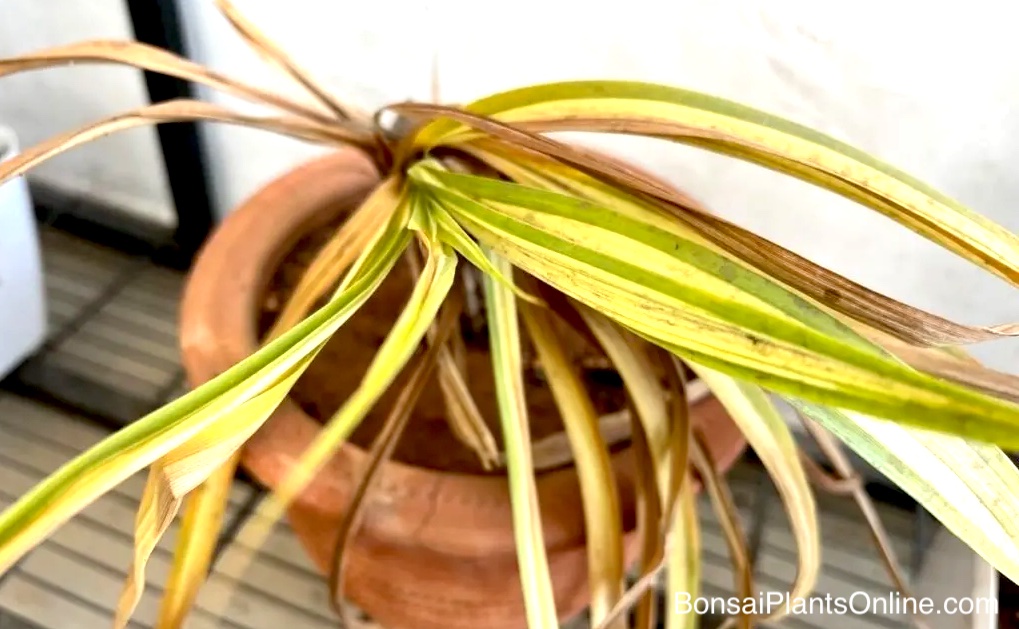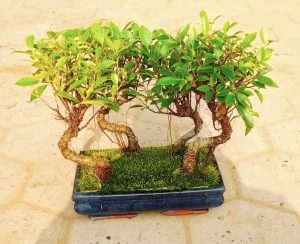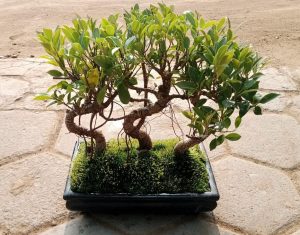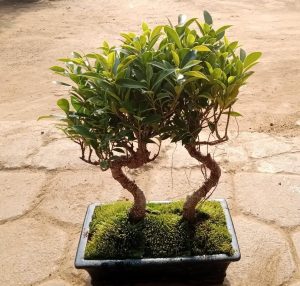As a seasoned plant parent, I’ve learned the hard way that overwatering is one of the biggest threats to our beloved spider plants. These hardy plants can thrive in a variety of conditions, but too much water can spell disaster.
In this post, I want to share my knowledge and experience to help you save your overwatered spider plant and prevent it from happening again.
Overwatering can happen to even the most experienced gardener, it’s not uncommon to see spider plants with yellow or brown leaves, drooping or limp leaves, and soft or mushy leaves. These are the telltale signs of an overwatered spider plant.
But, don’t worry! With the right approach, you can bring your plant back to life. In this post, we’ll go over the causes of overwatering, how to identify an overwatered spider plant, and most importantly, how to fix it.
As someone who has made mistakes and learned from them, I want to share my knowledge with you so that you can avoid the same mistakes and keep your spider plants healthy and happy. So, let’s dive in and learn how to save your overwatered spider plant!
Moisture problems can cause your spider plant’s leaves to yellow and turn brown. We will take a deep dive into this.
A Quick Fix
To revive a wilting spider plant, take it out of its current pot and place it in a shaded area. This will allow the soil to dry out and prevent further damage from overwatering. Next, prepare a new potting mix and repot the plant. Once it’s in the new pot, give it a light watering. Once the plant shows signs of revival, place it in an area with bright indirect sunlight for optimal growth.
Causes of Overwatering in Spider Plants

Over-frequent watering
One of the most common reasons for overwatering is watering the plant too often. A spider plant needs time to dry out between waterings, and watering it too frequently can lead to waterlogged soil and root rot.
Poor Drainage
Another cause of overwatering is poor drainage. If the pot doesn’t have drainage holes or the soil is too compact, the water will not be able to drain properly, causing the soil to become waterlogged.

Using Heavy Soil
Using a soil mix that doesn’t drain well can also lead to overwatering. Soils high in clay content or peat moss tend to hold more water, making it difficult for the plant to dry out.

Climate Factors
Humid climates can also contribute to overwatering. In a humid environment, the soil may not dry out as quickly as it would in a dry climate, making it easy to over-water.

Let’s first do the identification of the problem.
How Do You Know If Your Spider Plant Is Overwatered?
Signs of an Overwatered Spider Plant
Yellow or brown leaves
Overwatering can cause the leaves to turn yellow or brown, indicating that the plant is not getting enough oxygen.

Drooping or limp leaves
The leaves may droop or become limp due to the lack of oxygen caused by waterlogged soil.
Soft or mushy leaves
Overwatered plants may also have soft or mushy leaves, indicating that the plant has been sitting in water for too long.
Slow or lack of growth
Overwatering can also cause the plant to stop growing or grow very slowly.
Foul smell in the soil
In extreme cases, the soil may start to smell bad due to the buildup of bacteria and fungus caused by overwatering.
Overwatered spider plants typically appear malnourished, discolored, and nearly dead. There were some brown patches, yellow leaves, and brown tips on the leaves. There is also a chance that the leaves will turn withered, mushy, and curled.
If the plant has been severely overwatered, evidence of root rot may be visible on the plant’s bottom. Furthermore, you will be greeted with the distinct and unpleasant odor of root rot.
When you look at the surface of the soil, you will notice that it is darker, with mold and dead plant detritus on top.
Understanding Underwatered and Overwatered Spider Plants
| Area | Underwatered Spider Plant | Overwatered Spider Plant |
| Soil | A plant that has been underwatered will have dry and light soil. | It all starts with the potting mix. If your spider plant is overwatered, the soil will appear dark and will feel wet or soggy to the touch. Mold, mildew, and other fungal growths may appear on the soil’s surface. |
| Leaves | The leaves of underwater spider plants are crisp and fairly dry. | The leaves may turn yellow, wilt, and drop off in either case. Overwatering, on the other hand, will cause the wilted leaves to feel soft, puffy, or mushy. |
| Leaf Tip | Normally, underwatered spider plants develop brown leaf tips and edges before yellowing. | Overwatering causes leaf yellowing and brown leaf tips all at once. |
| Stem | When submerged, the lower foliage and stems curled and yellowed first. | Overwatering causes the plant’s lower parts to become soft, weak, and mushy (signs of rot). |
| Leaf Dropping | New leaves will not appear due to underwatering. Old leaves and flowers may also begin to fall off. | Overwatering causes both new and old leaves to drop. |
How to Identify an Overwatered Spider Plant
Checking soil moisture
One of the easiest ways to check if your spider plant is overwatered is to stick your finger into the soil. If it feels soggy and waterlogged, it’s likely that the plant is overwatered.
Examining the root system
Another way to check for overwatering is to take the plant out of its pot and examine the roots. Healthy roots should be white and firm, whereas roots that are black and mushy are a sign of overwatering.
Checking for signs of pests or diseases
Overwatering can also make a plant more susceptible to pests and diseases. Keep an eye out for any signs of infestation or infection, such as small holes in the leaves or discolored patches on the leaves.
Solutions for Overwatered Spider Plant
Allow soil to dry out
The first step in saving an overwatered spider plant is to allow the soil to dry out. This can be done by reducing the frequency of watering or by increasing air circulation around the plant.
Improve drainage
To prevent future overwatering, make sure the pot has drainage holes and use a well-draining soil mix. You can also add a layer of gravel or perlite to the bottom of the pot to improve drainage.
Repot the plant with a well-draining potting mix
Repotting the plant with a well-draining potting mix can also help to improve drainage and prevent future overwatering.
Provide proper light and temperature
Overwatering can make spider plants more sensitive to temperature and light changes. Make sure the plant is placed in a location with bright, indirect sunlight and maintain a consistent temperature range between 60-90°F.
Prune damaged leaves
If the leaves are yellow or brown, mushy or drooping, it’s best to remove them. Prune the damaged leaves to help the plant focus its energy on healthy growth.
Keep an eye on the plant
Keep an eye on the plant after it has been saved. Make sure the soil is dry before watering, and check for any signs of pests or diseases.
Note: It is important to follow the instructions carefully and provide the plant with the right conditions to revive it. It may take a few weeks or even months to see the results, but with patience and proper care, your overwatered spider plant can recover and thrive again.
Overwatering is one of the most common reasons for spider plants to wilt and die, but with the right steps, you can save your plant. By identifying the signs of overwatering, such as yellow or brown leaves, drooping or limp leaves, slow or lack of growth, and a foul smell in the soil, you can take action to revive your plant. The key solutions include allowing the soil to dry out, improving drainage, repotting the plant with a well-draining potting mix, providing proper light and temperature, pruning damaged leaves and keeping an eye on the plant. It is important to remember that reviving an overwatered spider plant takes time and patience, but with proper care, your plant can recover and thrive again.




